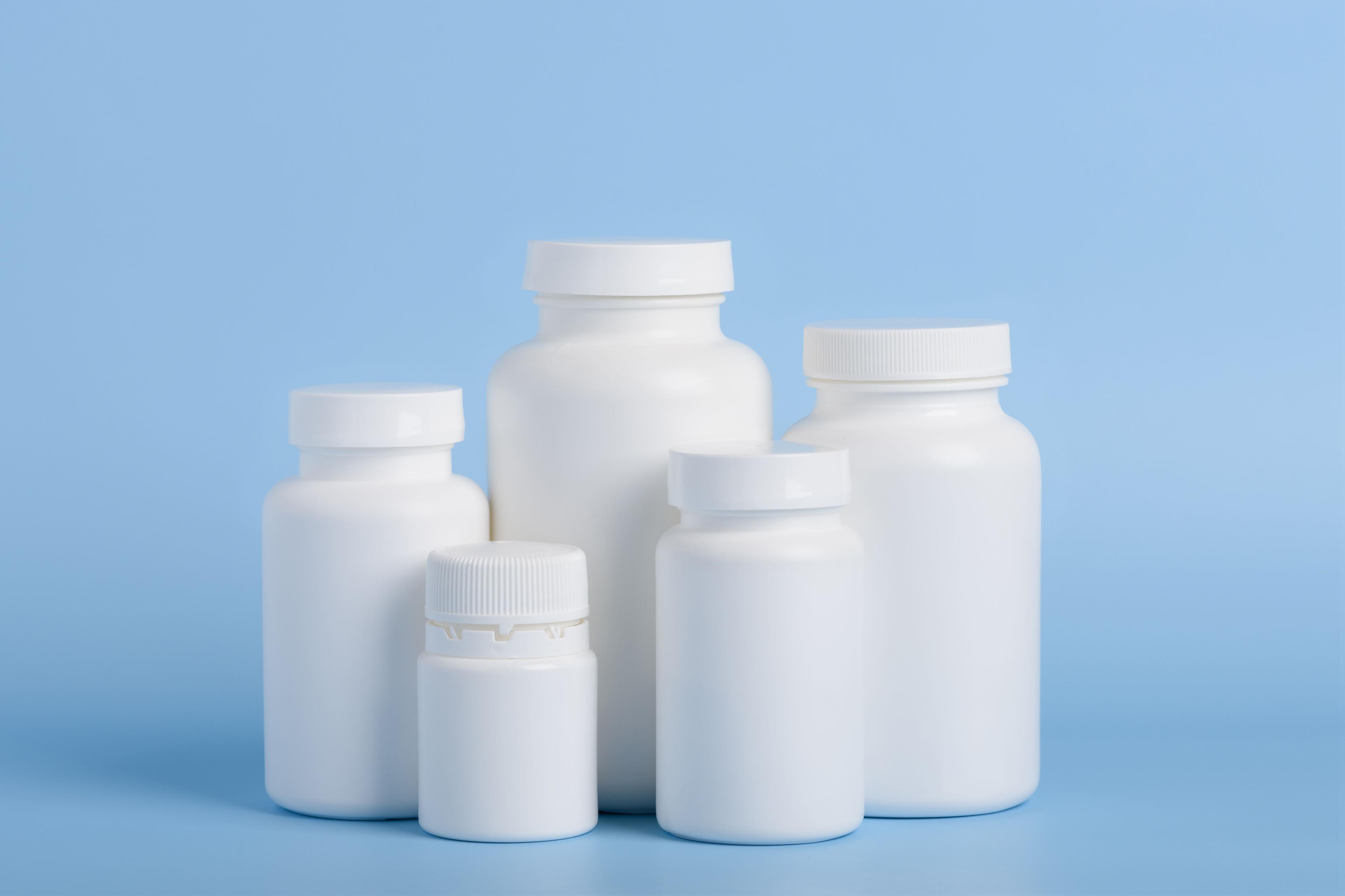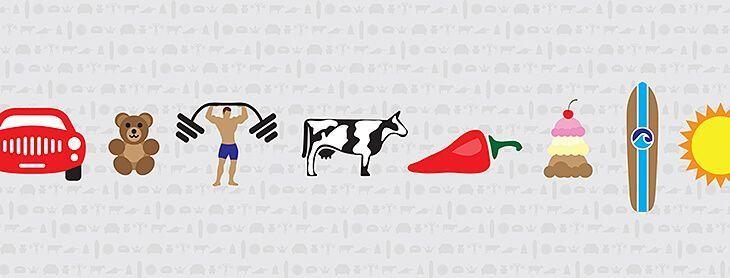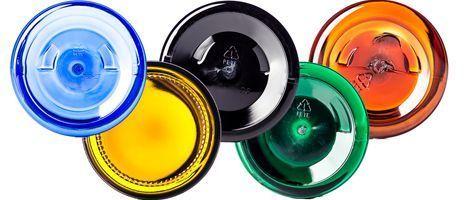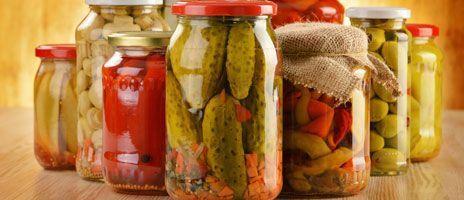The Future of Sustainable Packaging: What to Expect in 2030


The Evolution of Sustainable Packaging
As we move toward 2030, the packaging industry is expected to undergo a significant transformation. With increased consumer awareness, stricter regulations, and technological advancements, businesses must adapt to sustainable packaging trends or risk being left behind. Sustainability is no longer a mere choice—it is becoming an essential aspect of brand identity, corporate responsibility, and regulatory compliance.
1. Widespread Adoption of Biodegradable and Compostable Materials
By 2030, biodegradable and compostable materials will likely dominate the market. Innovations in plant-based plastics, mushroom packaging, and seaweed-derived materials will provide viable alternatives to traditional packaging.
Key Developments:
- Increased use of biodegradable polymers such as PHA and PLA.
- Advancements in home-compostable packaging that break down naturally.
- Widespread adoption of mushroom-based and algae-derived materials.
- Cornstarch-based plastics replacing traditional petroleum-based options.
- Water-soluble packaging for single-use applications, reducing landfill waste.
2. Mainstream Implementation of Circular Economy Principles
The future of packaging will focus on a circular economy, where materials are reused, repurposed, and recycled rather than discarded.
Key Trends:
- Growth of reuse and refill models for consumer goods.
- Expansion of closed-loop recycling systems.
- Innovations in smart packaging that track and optimize lifecycle sustainability.
- Standardized recyclability guidelines to ensure widespread adoption and proper disposal.
- Biodegradable packaging with embedded seeds, promoting reuse in the environment.
3. Stronger Regulations and Compliance Requirements
Governments worldwide are expected to enforce stricter regulations on plastic usage, carbon footprints, and recyclability. Companies will need to comply with evolving environmental standards.
Expected Changes:
- Higher taxation on single-use plastics.
- Mandatory recyclable content in packaging.
- Global bans on non-recyclable materials.
- Carbon footprint disclosures on packaging to inform consumer choices.
- Incentives for sustainable packaging adoption to support business transitions.
4. Smart Packaging and IoT Integration
Smart packaging powered by the Internet of Things (IoT) will play a major role in sustainability by enhancing supply chain efficiency and reducing waste.
Smart Features:
- RFID tags for real-time tracking of packaging lifecycle.
- QR codes for consumer education on proper disposal.
- Temperature-sensitive smart labels for perishable goods.
- Augmented reality (AR) features to educate consumers on sustainability efforts.
- Sensors detecting packaging integrity, reducing food and product waste.
5. Sustainable E-Commerce Packaging
As e-commerce continues to grow, sustainable packaging solutions will be crucial in reducing waste and emissions associated with shipping.
Key Innovations:
- Lightweight yet durable packaging to reduce transportation emissions.
- Reusable and returnable mailers for online retailers.
- Paper-based alternatives to plastic bubble wrap and air pillows.
- Minimalist packaging for online orders, reducing excess material waste.
- AI-driven packaging optimization, ensuring right-sized packaging solutions.
6. Advancements in Recycling Technologies
New recycling technologies will enhance the efficiency of processing materials, making sustainable packaging more viable and cost-effective.
Future Innovations:
- Chemical recycling breakthroughs to handle difficult plastics.
- AI-powered sorting systems for improved waste management.
- Widespread adoption of enzymatic plastic breakdown.
- Decentralized micro-recycling facilities in urban areas to reduce transport emissions.
- Blockchain technology for transparent tracking of recycled materials.
7. Greater Corporate Responsibility and Transparency
Companies will be expected to showcase their sustainability efforts through transparent reporting and responsible sourcing.
Corporate Initiatives:
- Public sustainability reports detailing packaging impact.
- Greater emphasis on ethical sourcing of materials.
- Collaborations with sustainability-focused organizations.
- Consumer engagement programs to promote sustainable purchasing habits.
- Carbon neutrality commitments, aligning with corporate ESG goals.
8. Consumer Demand for Zero-Waste Packaging
Consumers will continue to drive demand for zero-waste packaging, encouraging brands to innovate further.
Consumer Expectations:
- Minimalist packaging designs to reduce excess waste.
- Edible packaging options for certain food products.
- Zero-waste take-back programs for product packaging.
- Increased focus on refill stations, reducing the need for single-use packaging.
- Customizable packaging solutions, allowing consumers to select sustainable options.
9. AI-Driven Packaging Optimization
Artificial Intelligence (AI) will help companies design more efficient packaging solutions, reducing waste and maximizing sustainability.
AI Applications:
- Material selection algorithms to minimize waste.
- Supply chain optimization to lower emissions.
- Custom-fit packaging solutions using AI-driven design.
- Predictive analytics for packaging demand, reducing overproduction waste.
- AI-powered design tools, optimizing for sustainability and cost-efficiency.
10. Breakthroughs in Sustainable Ink and Labeling
Packaging sustainability will extend beyond materials to include eco-friendly inks and labeling solutions.
Innovations to Watch:
- Soy-based and algae-based inks.
- Water-soluble labels that eliminate waste.
- Minimalist branding approaches to reduce unnecessary printing.
- Biodegradable adhesive alternatives, reducing toxic residues.
- Laser-engraved labeling, eliminating ink waste altogether.
Final Thoughts: A Greener Future
By 2030, sustainable packaging will no longer be a niche trend but an industry standard. Businesses that innovate and prioritize sustainability today will be well-positioned for success in the future. As consumers, regulators, and technology push the boundaries of what’s possible, the packaging industry must rise to the challenge and create solutions that benefit both the planet and the bottom line.




